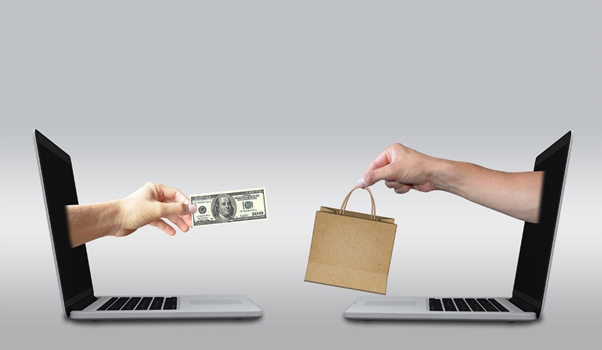Putting the ‘e’ in e-commerce

Running an e-commerce store can be a great business opportunity, especially during a pandemic, as many have learned this past year. In 2020, an estimated $1 out of every $5 spent on retail was transacted online. Marketplaces grew by over 80% year-over-year in the fourth quarter of 2020 and expanded their seller base by an average of 46%.
It is predicted that global e-commerce sales will reach $4.2 trillion this year, with US consumers accounting for close to one-quarter of that spending. Stimulus checks and rising vaccination rates pushed US e-commerce sales to record levels in March. Americans spent an extra $8 billion online, compared to normal projections for the period, between March 11, the day the American Rescue Plan stimulus law was signed, and March 31.
US consumers spent $78 billion online in March, up 49% year-over-year, the highest growth since July 2020. For the first quarter of 2021, US e-commerce sales grew 39% year-over-year, to $199 billion. US e-commerce spending this year is expected to total between $850 billion and $930 billion, and to top $1 trillion in 2022.
In the United States, the promise that new stimulus checks were in the mail apparently led more consumers to use buy now, pay later options for their online purchases. Buy now, pay later purchases were up 166% year-over-year in March. Toys, furniture and bedding, video games, and auto parts were the top purchases made by US consumers in March.
As e-commerce has grown, so has the popularity of curbside pickup. Many retailers with brick-and-mortar stores have adopted the system of allowing customers to order goods online and pick them up in the parking lot. This method is a massive hit as customers are able to collect their orders without even exiting their vehicles.
Many shoppers expect a personalized experience from retailers. Augmented reality can help with that by allowing consumers to see how products look on them or in their homes. For example, shoppers can use apps with AR features to see how a piece of furniture looks in their living room, or to try on makeup.
In today’s digital economy, consumers expect personalization as a basic standard of service. According to Salesforce data, 84% of customers say that being treated like a person (i.e., understanding their wants and needs) and not a number is critical to winning their business.
Each customer should feel as if you understand their intent, and that means tailoring offers and promotions according to each shopper’s profile and habits. Mobile customers, for example, tend to skew younger and more price-sensitive. For these budget-conscious demographics, perks like free shipping can mean the difference between an abandoned cart and a completed path to purchase.
Four years ago, barely more than a third of US e-commerce purchases took place on mobile, but mobile’s share is set to reach 54% this year. Mobile accounts for an even greater share of visitors referred by social media platforms, so your site should be optimized for customers to search, find reviews and pay in the quickest and easiest possible way on their phones.
Influencer marketing
Influencer marketing is a booming industry, and brands are on pace to spend $15 billion on social media influencers by 2022 — nearly double the $8 billion spent in 2019, according to estimates from Business Insider Intelligence.
It’s no mystery why brands are willing to spend big on influencer campaigns. The ROI potential for brands big and small is vast, as 61% of consumers trust the recommendation of an influencer, whereas only 38% trust brands. Influencers’ authenticity and credibility offer real heft to companies looking for powerful brand ambassadors to stand out among the massive amount of content consumers are bombarded with every day.
TMP’s role
Here at TMP, we provide omnichannel support to our e-commerce clients, helping establish a direct relationship with the customer. Once a customer is driven to the website by digital media, we gently nudge customers, enhancing their shopping cart experience and converting it into sales. As most of them prefer self-service customer service, we provide assistance through chat, chatbot or IVR, escalating to a live agent if necessary.
We provide the full solution with extended hours, in tandem with their in-house group to make sure customers are serviced 24/7. We fill in the gaps, making sure they have a good customer experience. We provide incentives such as coupons, to make sure they make a purchase rightaway. This results in cost-savings, generation of revenue and a better customer experience. After all, the customer is king!